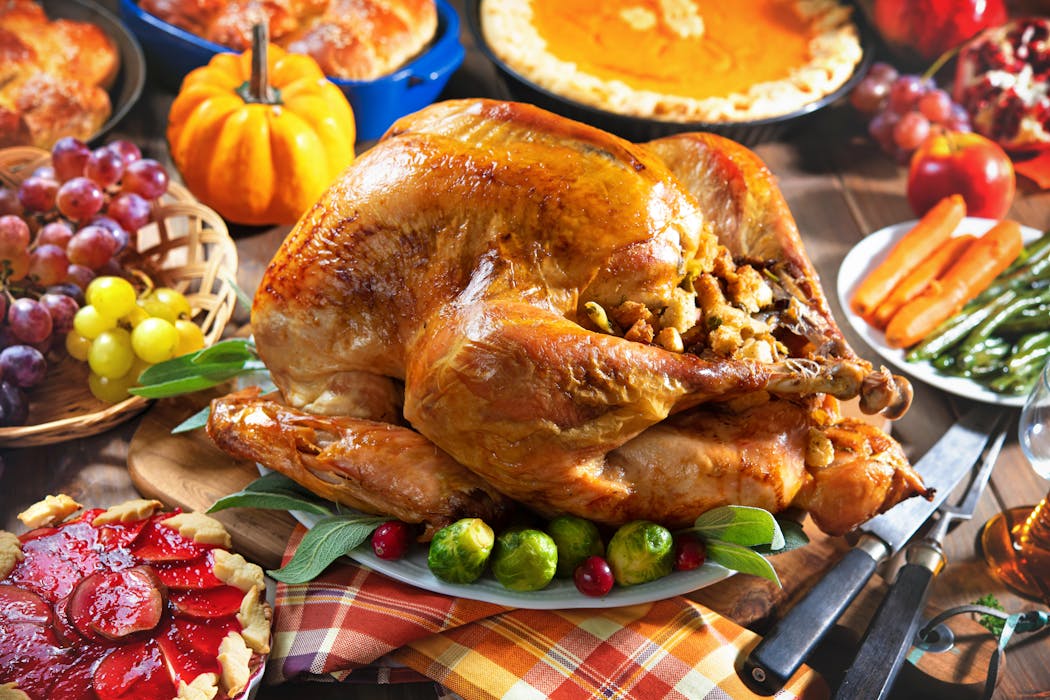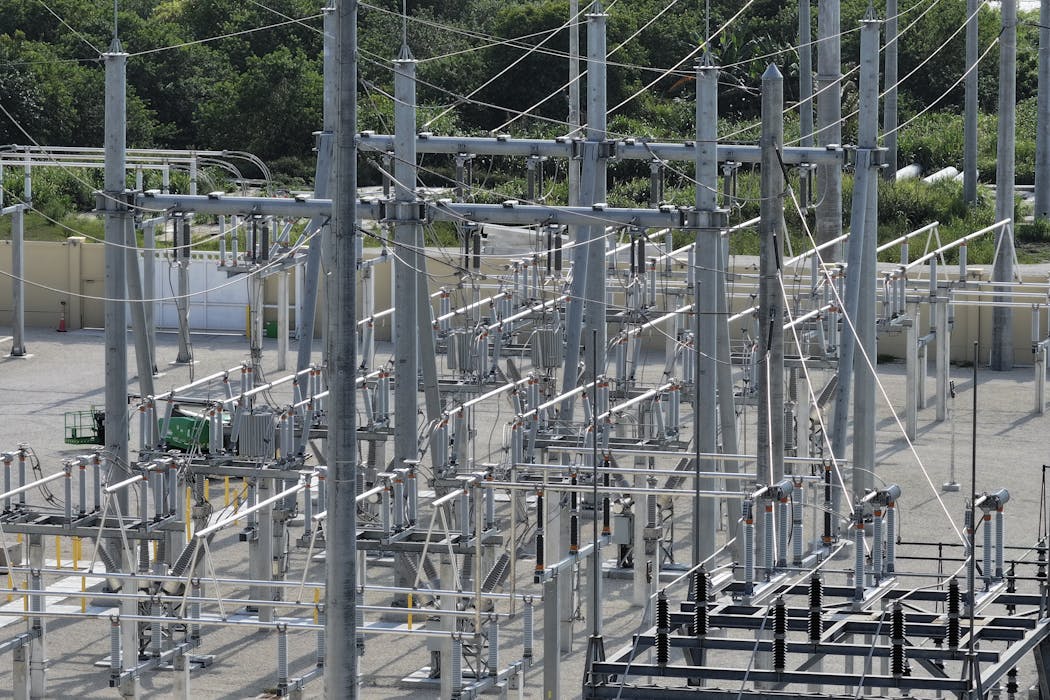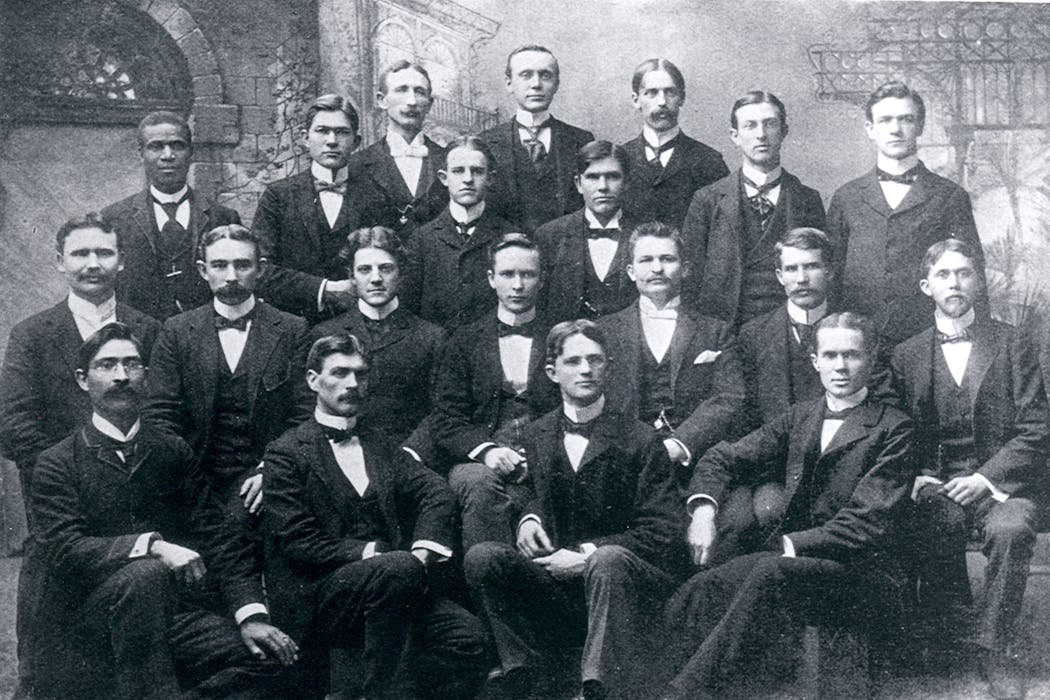'Toy war' debates misunderstand the causes of domestic violence
 Where toys promote aggressiveness in boys and submissiveness in girls, they are definitely part of the problem.EPA/Jason Szenes
Where toys promote aggressiveness in boys and submissiveness in girls, they are definitely part of the problem.EPA/Jason SzenesAustralia suffers “endemic” levels of men’s violence against women, so if the child is the father of the man, then it’s time we talked about boys’ toys. And what better time to start the conversation than when children are writing wishlists for Santa.
Earlier this week, Greens senator Larissa Waters received a barrage of criticism from a number of sources – including Prime Minister Tony Abbott – for suggesting that gender-based toys may be linked to domestic violence. Waters made the connection when speaking in support of the No Gender December campaign, which urges parents to think carefully about the consequences of gender stereotypes in toys in the lead-up to Christmas.
Noting that the choice of children’s toys may seem “removed” from issues of gender inequality later in life, Waters identified a link between “outdated stereotypes about girls and boys” and “very serious problems such as domestic violence and the gender pay gap”.
The response from a number senior politicians has been dismissive, if not derisive. Describing the campaign as a “kind of political correctness”, Abbott made known his preference to “let boys be boys, and girls be girls”. Federal MP Bob Katter also waded in, saying that among the Christmas gifts he’ll be giving “all the boys are getting guns and the girls are getting dolls”. Liberal senator Cory Bernardi said that Waters had “consumed too much eggnog” in her backing of the campaign.
Even among Labor politicians, there was little support for the senator’s comments. Labor senator Kate Lundy remarked that the Greens were “going a little bit too far” in drawing a connection between children’s toys and the problem of domestic violence.
What these responses betray, however, is a failure to understand – even at the highest levels of government – the role of culture in perpetuating male violence against women. Domestic violence, as well as other forms of violence against women, are the product of a culture in which women are constructed as unequal to men. This is a message most often communicated early in life, and commonly through stereotypical, gendered toys.
An important distinction to be made here is the effect of gender-based toys on the individual, on one hand, and at a societal level on the other. Bernardi, for instance, challenged the idea that there is a direct cause-and-effect link between gendered toys and violence against women. He described as “bizarre” the idea that:
… giving a boy a truck or hammer is somehow leading to domestic violence.
At the level of the individual, such a relationship – even if true – is difficult to prove. It would require evidence from a long-term sociological study over the course of 30 or 40 years involving a control group of boys (later men) who had never been exposed to toy trucks and guns at all.
 Daily Telegraph front page, December 2.Daily Telegraph
Daily Telegraph front page, December 2.Daily Telegraph
But such objections miss the point. The importance of recognising the link between gender-based toys and domestic violence lies not in identifying its direct effects on the individual, but in understanding how it contributes to cultural norms and ideals which enable violence against women to occur.
Insofar as toy guns and soldiers communicate to children that aggression and violence are the natural domain of boys, and Barbies and pink tea sets, that beauty and domesticity are the most appropriate realm for girls, they serve to uphold cultural conditions which facilitate the lesser treatment of women, enacted through behaviour such as domestic violence.
Long-standing academic research on the significance of gender roles in contributing to violence against women underlines this point. Research has demonstrated that traditional attitudes toward gender roles are linked to greater tolerance of male violence against women. They have also shown that gendered violence is more likely in cultures where societal definitions of manhood are linked to ideals of dominance or toughness.
The work of Australian researchers Michael Flood and Bob Pease is instructive in this regard. Based on a review of international literature on factors influencing attitudes towards violence against women, they conclude that the “most consistent predictor” of attitudes underpinning such violence is support for, and belief in, traditional gender roles.
Therefore, where toys promote aggressiveness in boys and domesticity and submissiveness in girls, they are definitely part of the problem.
Encouraging parents to think critically and carefully about the toys they are buying their children is not going to solve the problem of domestic violence. However, it is a start, and a worthwhile endeavour.
In other countries the gendered nature of children’s toys is increasingly recognised as a contributing factor to the problem of male violence. The Ecuadorean government, for instance, even launched a television campaign making this very point.
Given that intimate partner violence is the highest contributor to death, disability and ill-health for Australian women under 45, Australia needs to move beyond “bad apple” theories of why domestic violence occurs and look instead to cultural and systemic explanations for why this epidemic exists.
Maybe Santa should rethink what he’s putting in the stockings of our young men.
Further reading:Barbie for boys? The gendered tyranny of the toy store
Leave Barbie alone – so we can talk about how kids actually play
Kaye Quek is affiliated with the Coalition Against Trafficking in Women Australia, a non-governmental organisation that seeks to end all forms of sexual exploitation of women.
Read more http://theconversation.com/toy-war-debates-misunderstand-the-causes-of-domestic-violence-34963



















